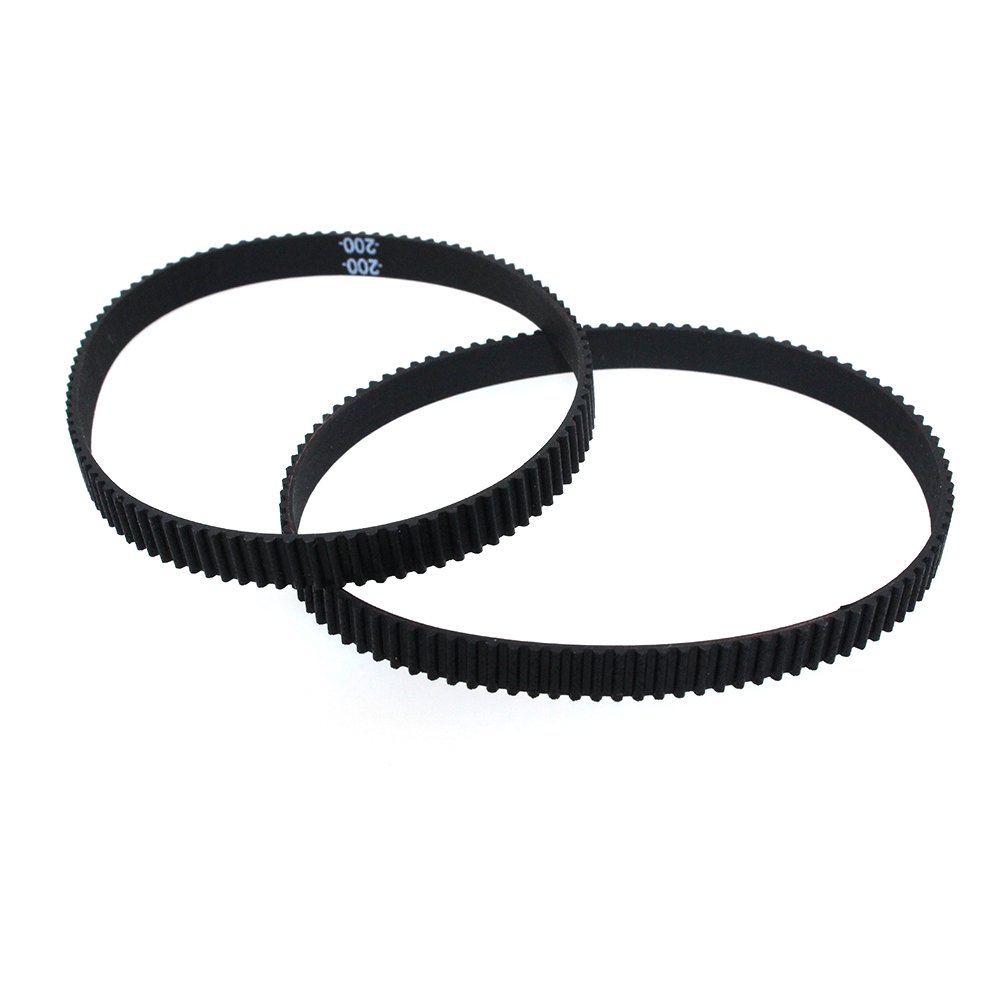
High-Performance Gear Systems | Custom Solutions for Heavy-Duty Applications
Browse our precision-engineered gearboxes, hydraulic spindles, and cast housings – designed for extreme durability, 30% longer lifespan, and seamless OEM integration.A Wrapped V Belt is a type of power transmission belt designed with a wrapped construction, featuring a top cover that fully encases the tensile members and cushion section. This design enhances durability, resists wear from friction and environmental factors, and ensures smooth operation in various industrial applications. It is commonly used in machinery, automotive systems, and agricultural equipment due to its reliability and efficiency in transmitting power between pulleys.
Our Wrapped V Belts come in a range of specifications to meet diverse industrial needs. Below is a detailed table of parameters, including dimensions, materials, and performance ratings.
| Parameter | Description | Standard Values |
|---|---|---|
| Belt Type | Classification based on profile and application | A, B, C, D, E profiles (e.g., A-section for light-duty, D-section for heavy-duty) |
| Top Width | Width at the top of the belt | 1/2 inch (A), 21/32 inch (B), 7/8 inch (C), 1-1/4 inch (D), 1-1/2 inch (E) |
| Thickness | Overall thickness including cover | 11/32 inch (A), 7/16 inch (B), 17/32 inch (C), 3/4 inch (D), 1 inch (E) |
| Length | Inside circumference or pitch length | Ranges from 20 inches to 500 inches, custom lengths available |
| Material | Primary composition | Neoprene or EPDM rubber with polyester or aramid tensile cords |
| Temperature Range | Operating temperature limits | -40°F to 185°F (-40°C to 85°C) |
| Maximum Tensile Strength | Force required to break the belt | Up to 5000 lbf (pounds-force) depending on profile and size |
| Weight per Unit Length | Mass per foot or meter | Approximately 0.1 to 0.5 lbs/ft (e.g., A-section: 0.12 lbs/ft) |
| Color | Standard appearance | Black, with possible color-coding for size identification |
| Applications | Common uses | Industrial motors, HVAC systems, agricultural machinery, automotive engines |
What is the main difference between a wrapped V belt and a raw edge V belt?
A wrapped V belt has a full top cover that protects the internal components from abrasion and environmental damage, making it more durable in harsh conditions. In contrast, a raw edge V belt lacks this cover, offering higher flexibility and efficiency but less protection, often used in high-speed applications where heat buildup is a concern.
How do I determine the correct size of a wrapped V belt for my application?
To find the right size, measure the pitch length or inside circumference of the belt needed for your pulley system. Refer to manufacturer charts that match belt profiles (e.g., A, B, C) based on pulley dimensions and power requirements. Always consider factors like load, speed, and environmental conditions to ensure optimal performance.
Can wrapped V belts be used in high-temperature environments?
Yes, wrapped V belts are designed to withstand temperatures up to 185°F (85°C) due to their heat-resistant rubber compounds. For extreme temperatures beyond this range, special materials like EPDM can be used, but it's essential to consult the product specifications and avoid prolonged exposure to avoid premature failure.
What maintenance is required for wrapped V belts?
Regular inspection for signs of wear, such as cracking, glazing, or fraying, is recommended. Ensure proper tension to prevent slippage and overheating; use a tension gauge for accuracy. Clean pulleys to remove debris, and replace belts in matched sets if multiple belts are used in a drive to maintain balance and efficiency.
Are wrapped V belts resistant to oil and chemicals?
Yes, most wrapped V belts are manufactured with oil-resistant materials like neoprene, which provides good resistance to petroleum-based oils, fuels, and many chemicals. However, exposure to strong solvents or acids may degrade the belt over time, so check the material compatibility for specific chemical environments.
How long does a typical wrapped V belt last?
The lifespan varies based on usage conditions, such as load, speed, and environment. Under normal industrial conditions, a quality wrapped V belt can last between 1 to 5 years. Factors like improper tension, misalignment, or exposure to extreme elements can shorten this lifespan, so follow best practices for installation and maintenance.
Can I use a wrapped V belt on any type of pulley?
Wrapped V belts are compatible with standard V-groove pulleys designed for their specific profile (e.g., A, B, C). Ensure the pulley groove angle matches the belt's angle (usually 40 degrees for classical V belts) to prevent uneven wear. Avoid using them on flat pulleys or mismatched systems, as this can cause inefficiency and damage.
What are the signs that a wrapped V belt needs replacement?
Common indicators include visible cracks, fraying edges, significant wear on the sides, squealing noises during operation, excessive slippage, or a drop in performance (e.g., reduced power transmission). Regular monitoring helps catch these signs early, preventing unexpected downtime and costly repairs.
Do wrapped V belts require any special installation tools?
Basic tools like a belt tension gauge, pulley alignment tool, and a pry bar for fitting are helpful. For installation, ensure the belt is not overstretched; use the manufacturer's tension recommendations. No specialized tools are usually needed, but proper techniques, such as not prying the belt with sharp objects, are crucial to avoid damage.
Are there eco-friendly options for wrapped V belts?
Yes, some manufacturers offer environmentally friendly versions made from recycled materials or biodegradable rubbers. These belts meet industry standards while reducing environmental impact. Look for products certified by organizations like the Rubber Manufacturers Association (RMA) or those with low VOC emissions for sustainable choices.

Copyright © Raydafon Technology Group Co.,Limited All Rights Reserved.